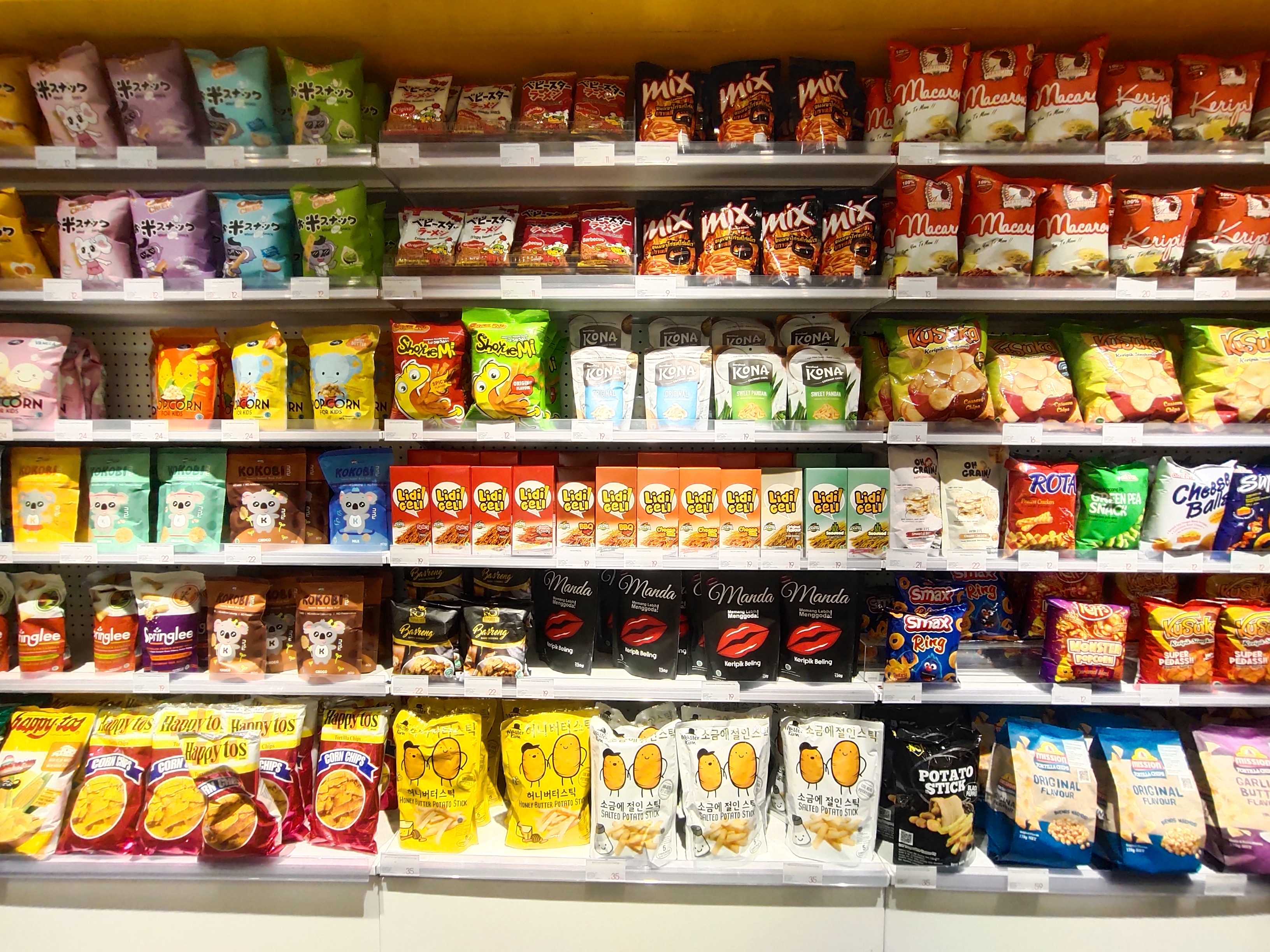Non-UPF Verified debuted its “work in progress” standard for CPG brands this week - months after the initiative launched.
The standard was crafted in partnership with 16 pilot brands and in collaboration with health professionals and dietitians. It builds on existing nutrition research and the NOVA classification system, explains Megan Westgate, founder of Non-UPF Verified and Non-GMO Project.
What are Non-UPF Verified’s standards?
The Non-UPF Verified standard is divided into two core components – processing limits and ingredient integrity and formulation – and provides clear guidelines on how food is made, not just what ingredients it contains.
According to the standard, processing limits distinguish between minimal, conditional and prohibited processing. Products must be at least 70% minimally or moderately processed and up to 30% can be conditionally processed (i.e. protein powders) by weight. Synthetic biology and 3D printing are prohibited.
Added sugar limits vary by product category and restrict those from non-permissible processes. For example, added sugar limits for desserts are up to 20% by weight, 15% for breakfast foods, 7% for dairy and dairy alternatives, 5% for beverages and 5% for breads. Minimally processed sweeteners like honey are exempt, according to the standard.
Non-nutritive sweeteners and bio-transformed sweeteners (i.e. sugar alcohols) are prohibited, while minimally processed ingredients like stevia are permitted only for flavor-level use and not as a sugar replacement.
Some hydrocolloids that Non-UPF Verified deems to be made via “industrial processes that degrade food structure and function” are prohibited, including carrageenan, microcrystalline, cellulose, polysorbates and polydextrose, said Westgate.
Hydrocolloids produced via mechanical or aqueous extraction – including guar gum, locust bean gum, tara gum, pectin, agar, tamarind and seed gum – are limited when used to suspend or stabilize added nutrients and required for structural binding in gluten-free formulations. If these additives are used, companies must demonstrate that no other less processed alternatives exist.
Natural flavors can be used when the corresponding “real ingredient” is present, and cannot be used to simulate or mask ingredients, according to the standard. Single-source extracts (e.g. vanilla extract, citrus oil) are allowed.
Hydrocolloids are prohibited from the standard, whereas refined oils are limited to 30% of the product’s weight.
Naturally occurring sodium from whole foods is permitted – highlighting that sodium and oil inclusion are determined by processing method, Westgate noted.
What are refined oils?
Refined oils are purified oil derived from sources like plants or crude oil. The oils then undergo processing to remove impurities resulting in a milder flavor, lighter color and longer shelf life. Examples include refined soybean oil, palm oil, canola oil and sunflower oil.
UPF standardization is an ongoing process at the industry and policy levels
Earlier this summer, FDA, HHS and USDA announced their request for information (RFI) from stakeholders to compile information and data to develop a standardized definition of UPFs.
According to the agencies, a standardized definition could help create more transparency for consumers and reduce chronic illnesses correlated to UPF consumption.
While industry groups and companies support efforts for a clearer definition, many caution against defining UPFs based on degree of processing or processing types as NOVA.
Westgate acknowledges NOVA’s contribution to the UPF discussion but argues that the system is not “built to solve at the product level.”
Westgate clarifies that the UPF standard needs to add what NOVA lacks, which includes:
- Ingredient criteria
- Processing classification that distinguishes processing intensity
- Formulation safeguards around ingredients like sugar and refined oil
- Clear, measurable requirements
- Auditable and enforceable verification pathways
- A standard that drives food integrity within the current food system realities
Next steps
The first non-UPF Verified pilot brands will go to market in early January with a wider program launch later that month, Westgate said.
The organization plans to update a harmonized prohibited ingredient list annually and will continue to refine the standard based on pilot brand feedback.
Brands can join the wait list to sign up for the standard, with the process being streamlined for Non-GMO Project verified brands.
The complete standard will be publicly available at https://www.nonultraprocessed.org/standard on Nov. 12. Inquiries can be directed to info@non-ultrapocess.org.




